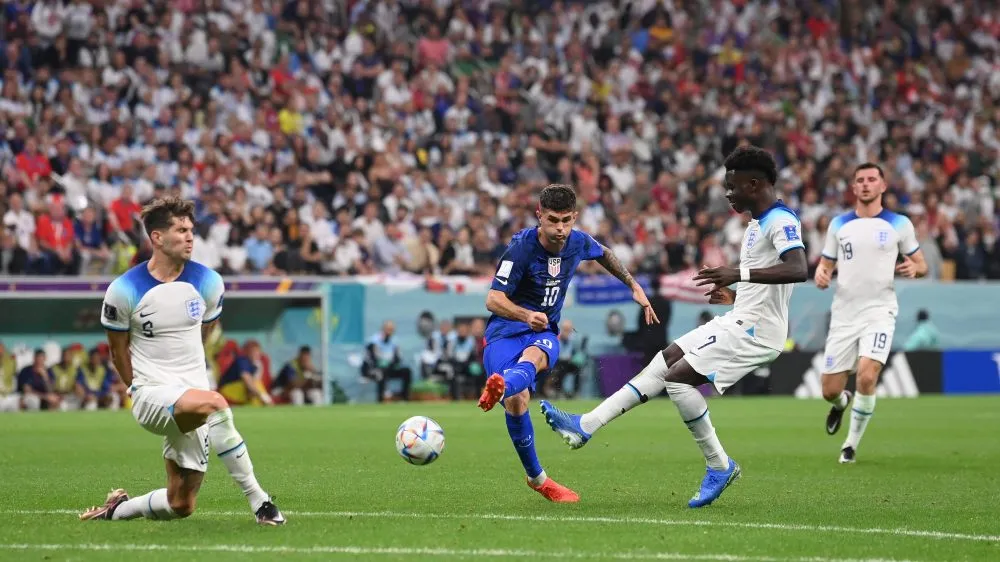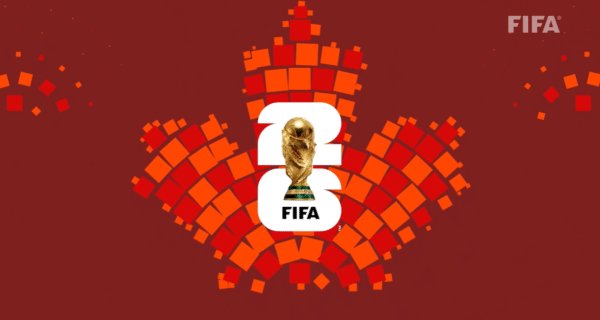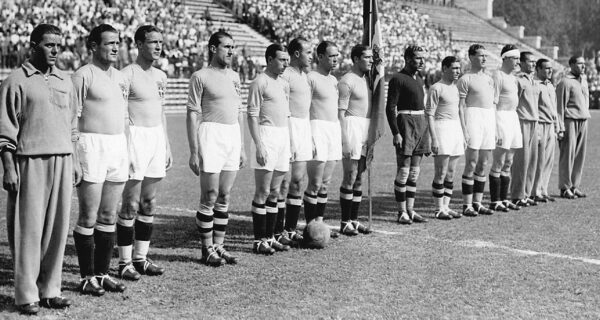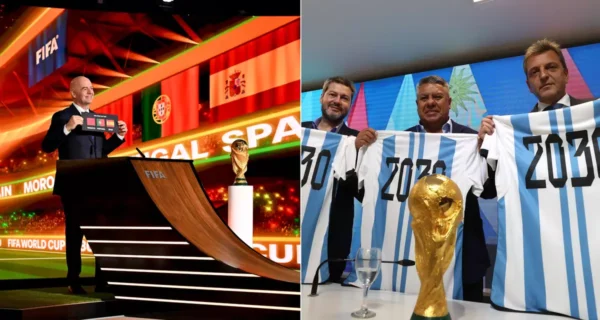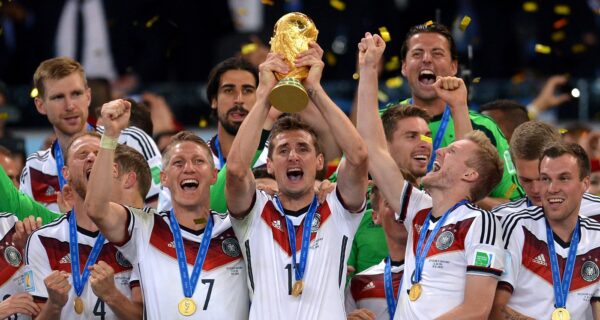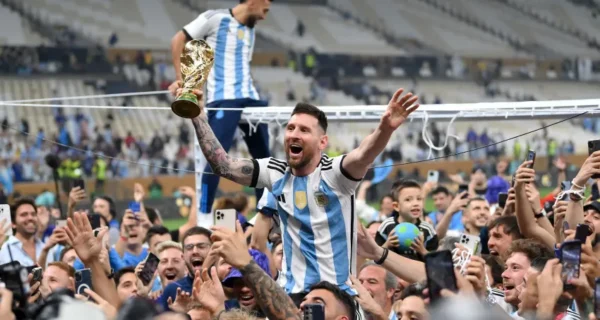The FIFA World Cup returns in 2026 with its biggest iteration ever. Soccer fans worldwide will enjoy an unprecedented number of matches as the tournament expands significantly. This historic event marks the first time three countries – the United States, Mexico, and Canada – will join forces to host the prestigious competition.
Many fans have questions about this expanded format. How many matches will they play? How will the tournament structure work? Let’s explore everything you need to know about the number of matches in the 2026 FIFA World Cup.
The Historic Expansion to 104 Matches
For the 2026 FIFA World Cup, fans will enjoy a total of 104 matches throughout the tournament. This represents a massive increase from the 64 matches played in previous World Cups since 1998. The 40 additional games result from FIFA’s decision to expand the tournament from 32 to 48 participating nations.
The FIFA Council approved this new format in March 2023, finalizing the structure after years of planning. The expansion aims to give more countries the opportunity to compete on the world’s biggest soccer stage.
This increase means soccer enthusiasts will enjoy almost six weeks of non-stop international action from June 11 to July 19, 2026. The eventual champions must navigate eight games to lift the trophy, compared to seven in previous tournaments.
The New Tournament Structure Explained
Group Stage: 72 Matches
The 2026 World Cup will feature 12 groups of 4 teams each, creating a total of 72 group stage matches. Each team plays three matches within their group, creating six matches per group (3 matches × 4 teams ÷ 2).
This format differs from an earlier proposal that would have created 16 groups of 3 teams. FIFA ultimately decided the four-team groups would create more competitive matches and reduce the risk of collusion between teams.
In this stage, the host nations will play their group matches in their home countries. Mexico will kick off the tournament at the iconic Estadio Azteca on June 11, 2026. Canada begins their campaign in Toronto on June 12, with the United States starting the same day in Los Angeles.
Round of 32: 16 Matches
The 2026 World Cup introduces a brand new knockout stage – the Round of 32. This addition results from the increased number of teams advancing from the group stage.
The top two teams from each of the 12 groups (24 teams) plus the eight best third-placed teams (32 teams total) will progress to this new knockout round. This means two-thirds of the participating teams will advance from the group stage.
These 16 matches will take place between June 28 and July 3, 2026, across various host cities. Each match must produce a winner, with extra time and penalty shootouts determining the outcome if teams remain tied after 90 minutes.
Round of 16: 8 Matches
The winners from the Round of 32 progress to the Round of 16, which features eight matches scheduled between July 4 and July 7, 2026. These games continue the knockout format, bringing increased tension and drama as teams fight to reach the quarter-finals.
Quarter-finals: 4 Matches
The quarter-finals consist of four matches played between July 9 and July 11, 2026. Eight teams will battle for a coveted place in the semi-finals, bringing the tournament to its most crucial stages.
Semi-finals: 2 Matches
The four quarter-final winners advance to the semi-finals, scheduled for July 14 and 15, 2026. AT&T Stadium in Arlington, Texas, and Mercedes-Benz Stadium in Atlanta will host these pivotal matches that determine the World Cup finalists.
Third-place Playoff: 1 Match
The two semi-final losers compete in the third-place playoff on July 18, 2026, at Hard Rock Stadium in Miami Gardens, Florida. This match gives teams one final opportunity to secure a podium finish in the tournament.
The Final: 1 Match
The tournament culminates with the World Cup Final on July 19, 2026, at MetLife Stadium in East Rutherford, New Jersey. This single match determines the world champions, concluding the 104-match tournament with the most prestigious game in international soccer.
Host Cities and Match Distribution
The 104 matches will take place across 16 cities in the three host countries. The United States will host the majority with 78 matches, including all matches from the quarter-finals onward. Mexico and Canada will each host 13 matches.
United States (11 cities, 78 matches)
- New York/New Jersey (MetLife Stadium) – Final venue
- Dallas (AT&T Stadium) – Most matches with 9 games including a semi-final
- Los Angeles (SoFi Stadium) – Opening match for USA
- Miami (Hard Rock Stadium) – Third-place playoff
- Atlanta (Mercedes-Benz Stadium) – Semi-final
- Philadelphia (Lincoln Financial Field)
- Boston (Gillette Stadium)
- Kansas City (Arrowhead Stadium)
- Houston (NRG Stadium)
- Seattle (Lumen Field)
- San Francisco Bay Area (Levi’s Stadium)
Mexico (3 cities, 13 matches)
- Mexico City (Estadio Azteca) – Tournament opening match
- Guadalajara (Estadio Akron)
- Monterrey (Estadio BBVA)
Canada (2 cities, 13 matches)
- Toronto (BMO Field) – Opening match for Canada
- Vancouver (BC Place)
FIFA organized the host cities into three regions to minimize travel: Western Region (Vancouver, Seattle, San Francisco, Los Angeles), Central Region (Guadalajara, Mexico City, Monterrey, Houston, Dallas, Kansas City), and Eastern Region (Atlanta, Miami, Toronto, Boston, Philadelphia, New York/New Jersey).
Why 104 Matches Makes This World Cup Special
The expanded format with 104 matches creates several unique aspects for the 2026 World Cup:
- More nations get to participate, bringing new teams and fresh rivalries to the tournament.
- Fans enjoy more games to watch, with 40 additional matches compared to previous World Cups.
- The introduction of the Round of 32 adds an exciting new knockout stage.
- Teams must win eight games to become champions, making the achievement even more impressive.
- The increased number of matches allows more host cities to participate, spreading the World Cup experience across North America.
- More matches means more opportunities for unexpected results and underdog stories.
- The expanded format gives the eight best third-placed teams a chance to advance, keeping more groups competitive until the final matches.
What 104 Matches Means for Teams and Players
The expanded tournament creates new challenges for national teams. Playing potentially eight matches (up from seven) to win the tournament demands greater squad depth and physical conditioning.
Teams must manage player fatigue carefully throughout the tournament. The increased number of matches, combined with travel between host cities, puts additional physical demands on players.
For this reason, national team managers will likely select larger squads with versatile players capable of performing in multiple positions. The ability to rotate players effectively could prove decisive in the later stages of the tournament.
FAQs
1. How many matches will be played in the 2026 FIFA World Cup?
The 2026 FIFA World Cup will feature 104 matches in total, which represents a significant increase from the 64 matches played in previous tournaments. This expansion accommodates the new 48-team format and additional knockout round.
2. Why did FIFA increase the number of matches for the 2026 World Cup?
FIFA increased the number of matches to accommodate the expansion from 32 to 48 teams. This decision aims to make the World Cup more inclusive by allowing more nations to participate and giving fans more games to enjoy during the tournament.
3. How many matches will teams need to win to become World Cup champions in 2026?
The eventual champions must win eight matches to lift the trophy, one more than in previous tournaments. Teams will play three group stage matches and potentially five knockout games, including the new Round of 32.
4. How many group stage matches will be played in the 2026 World Cup?
The group stage will feature 72 matches in total. With 12 groups of 4 teams each, every group will have six matches (each team plays three games), resulting in 12 × 6 = 72 total group stage matches.
5. Which stadium will host the most matches during the 2026 World Cup?
AT&T Stadium in Arlington, Texas (Dallas area) will host the most matches with nine games scheduled, including one semi-final. This modern venue has a capacity of 80,000 that can expand to over 100,000 for special events.
6. How many matches will each host country stage during the 2026 World Cup?
The United States will host 78 matches, including all games from the quarter-finals onward. Mexico and Canada will each host 13 matches, primarily during the group stage and early knockout rounds.
7. When will the 104 matches of the 2026 World Cup take place?
The 104 matches will take place over 39 days, from June 11 to July 19, 2026. The tournament begins with Mexico’s opening match at Estadio Azteca and concludes with the final at MetLife Stadium in New Jersey.
8. How does the new Round of 32 work in the 2026 World Cup?
The Round of 32 includes the top two teams from each of the 12 groups (24 teams) plus the eight best third-placed teams. These 32 teams compete in 16 knockout matches, with winners advancing to the Round of 16.
9. How many knockout stage matches will be played in the 2026 World Cup?
The knockout stage will feature 32 matches in total: 16 matches in the Round of 32, 8 in the Round of 16, 4 quarter-finals, 2 semi-finals, the third-place playoff, and the final.
10. Which venue will host the 2026 World Cup Final?
MetLife Stadium in East Rutherford, New Jersey (New York/New Jersey area) will host the 2026 World Cup Final on July 19, 2026. The stadium has a capacity of 82,500 and serves as the home for the NFL’s New York Giants and New York Jets.

